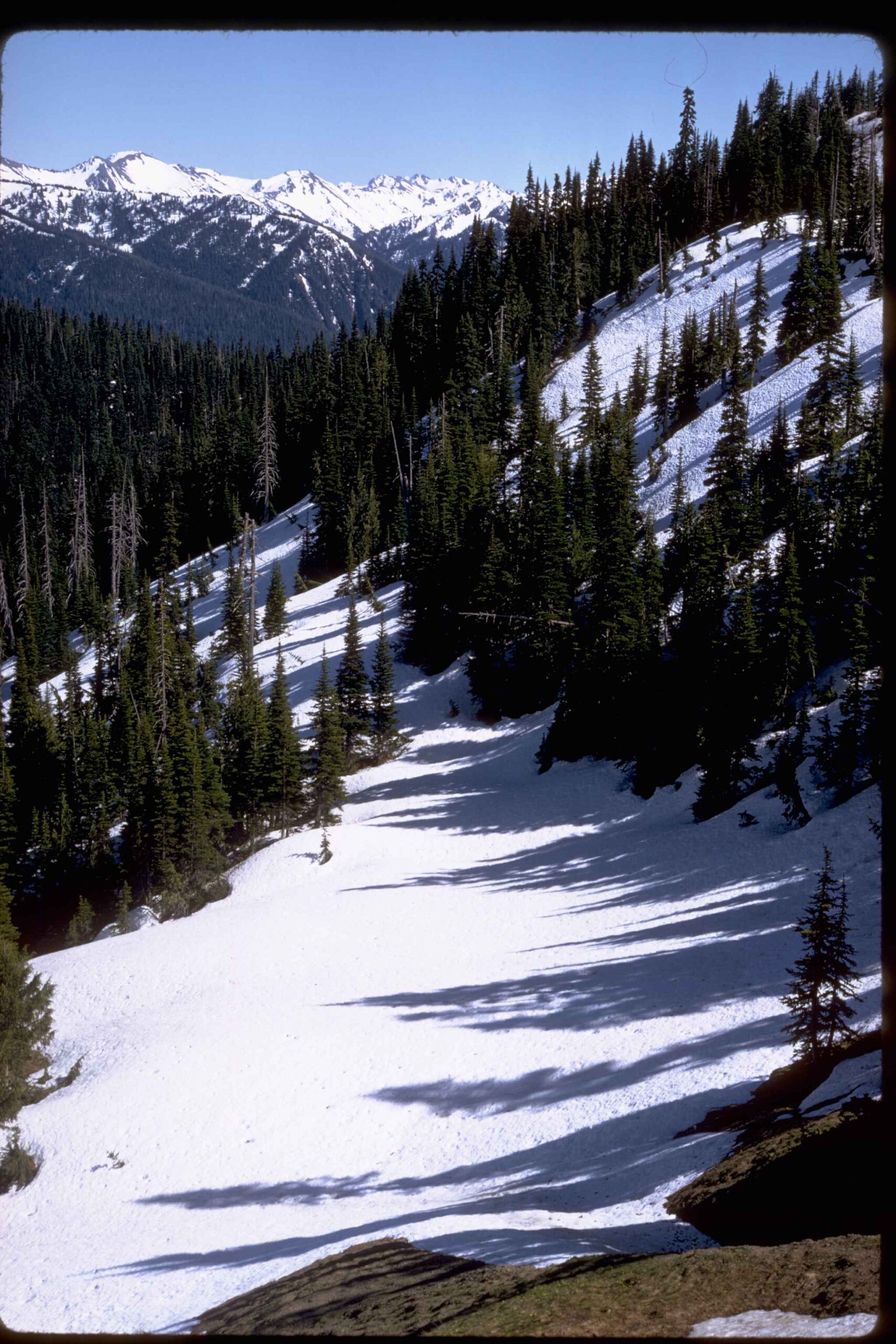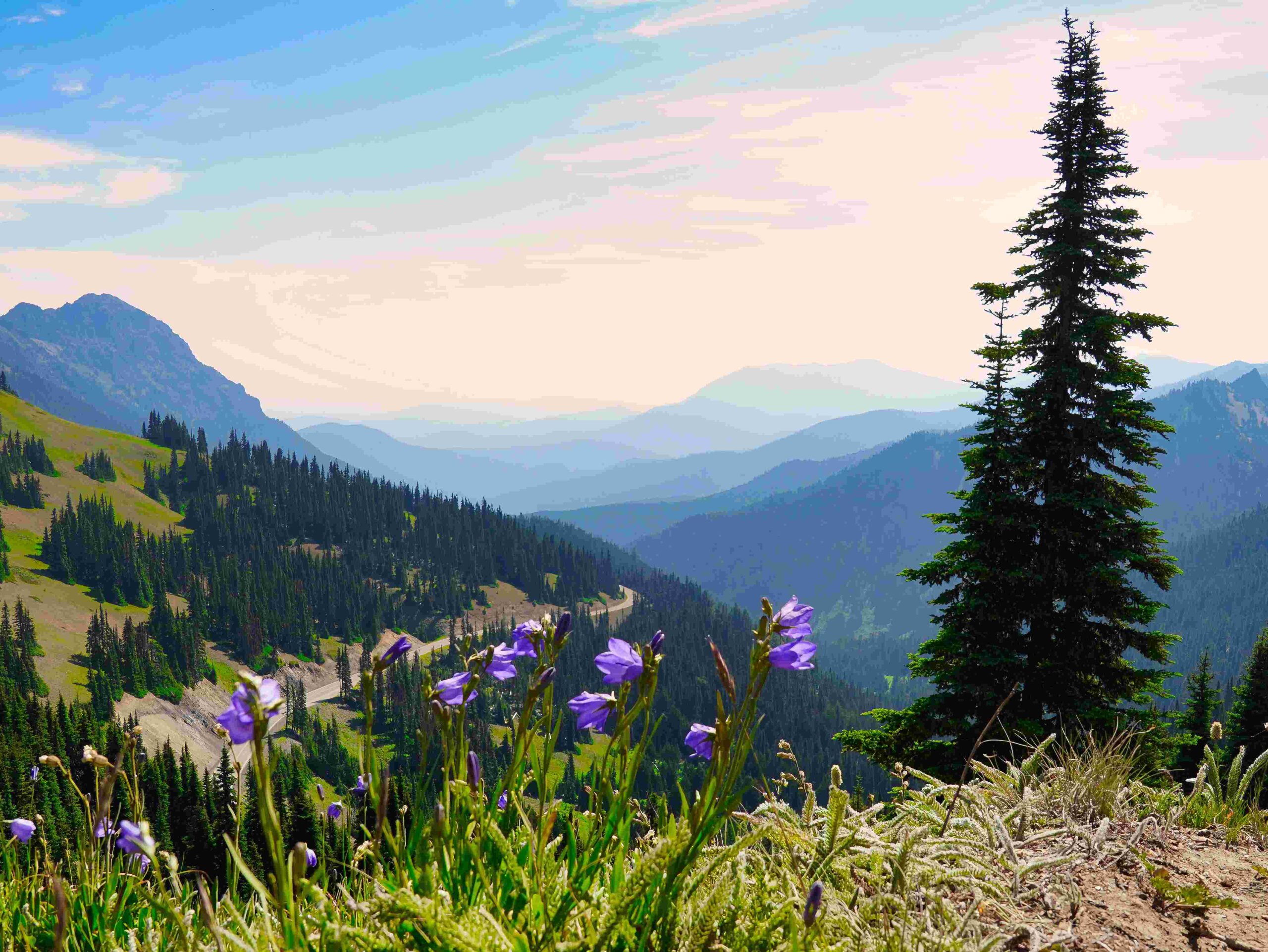Olympic National Park’s coastline is renowned for its breathtaking sea-sculpted rocks, formed over millions of years by the relentless forces of wind, waves, and tides. These iconic formations, including sea stacks, arches, and caves, showcase the raw power of nature and offer visitors a glimpse into the region’s dynamic geological history. From the easily accessible Ruby Beach to the remote Shi Shi Beach, the park’s coastal areas provide numerous opportunities to explore these natural wonders.
Where Can You Find the Most Impressive Sea Sculpted Rocks in Olympic National Park?

Olympic National Park boasts several locations where visitors can marvel at sea-sculpted rocks:
- Ruby Beach
- GPS: 47.7133, -124.4333
- Easily accessible with parking and restrooms
-
Known for rose-colored gemstones in the sand
-
Rialto Beach
- GPS: 47.9533, -124.6333
- Popular for sunsets and wide sandy stretches
-
Features prominent sea stacks
-
Shi Shi Beach and Point of Arches
- GPS: 48.2833, -124.7333
- Requires an 8-mile round-trip hike
-
Offers dramatic sea stack formations
-
La Push (First Beach)
- GPS: 47.9083, -124.6333
- Located on Quileute Indian Reservation
-
Crescent-shaped beach with sea stacks
-
Kalaloch Beach
- GPS: 47.3567, -124.3667
- Wide, sandy stretch along the Pacific
- Known for spectacular sunsets
How Are Sea Stacks Formed in Olympic National Park?

Sea stacks in Olympic National Park are the result of a complex geological process:
- Composition: Primarily volcanic and marine sedimentary rocks from the Hoh Rock Assemblage
- Initial Formation: Waves erode headlands, creating caves
- Arch Creation: Caves break through, forming arches
- Stack Formation: Arches collapse, leaving isolated sea stacks
This process is ongoing, continuously shaping the coastline and creating new formations over time.
What Makes the Coastal Geology of Olympic National Park Unique?
The coastal geology of Olympic National Park is characterized by:
- Tectonic Activity: Convergence of the Olympic Peninsula with the North American Plate
- Uplift and Erosion: Continuous uplift of rock formations followed by erosion
- Diverse Rock Types: Mix of volcanic basalts and sedimentary layers
- Dynamic Landscape: Constant reshaping by waves, tides, and weather
These factors combine to create a coastline that is both visually stunning and geologically significant.
Are There Sea Caves to Explore in Olympic National Park?
Yes, Olympic National Park features numerous sea caves, though accessibility varies:
- Many caves are visible from beaches like Ruby Beach and Rialto Beach
- Some require hiking, such as those near Point of Arches on Shi Shi Beach
- No specific guided tours focus solely on sea caves
- Visitors can explore independently or as part of broader park tours
For detailed information on cave locations, the National Geographic Trails Illustrated Olympic National Park map is a valuable resource.
What Safety Precautions Should Visitors Take When Exploring Sea Sculpted Rocks?
When exploring sea-sculpted rocks in Olympic National Park, visitors should:
- Check tide tables and avoid exploring during high tide
- Wear appropriate footwear for slippery surfaces
- Stay alert for sneaker waves and rip currents
- Never turn your back on the ocean
- Avoid climbing on unstable rock formations
- Carry a first aid kit and communication device
- Inform someone of your plans if hiking to remote areas
How Does Climate Change Impact Sea Sculpted Rocks in Olympic National Park?
Climate change affects sea-sculpted rocks in several ways:
- Increased Erosion: Rising sea levels and more frequent storms accelerate erosion
- Changing Ecosystems: Shifts in marine life can alter the biological weathering of rocks
- Acidification: Ocean acidification may impact the chemical weathering of certain rock types
- Vegetation Changes: Alterations in coastal vegetation can affect soil stability and erosion rates
Researchers continue to study these impacts to better understand long-term effects on the park’s coastal formations.
What Wildlife Can Be Observed Around Sea Sculpted Rocks?
The sea-sculpted rocks of Olympic National Park provide habitat for diverse wildlife:
- Marine Mammals: Harbor seals, sea lions, and occasional whale sightings
- Birds: Tufted puffins, common murres, and various gull species
- Tide Pool Life: Sea stars, anemones, crabs, and small fish
- Terrestrial Animals: Raccoons, deer, and various shorebirds
Visitors should observe wildlife from a safe distance and avoid disturbing nesting areas or tide pools.
How Can Photographers Best Capture Sea Sculpted Rocks?
Tips for photographing sea-sculpted rocks in Olympic National Park:
- Timing: Visit during low tide for better access and golden hour for optimal lighting
- Composition: Use sea stacks and arches as natural frames or focal points
- Equipment: Bring a wide-angle lens for landscapes and a tripod for long exposures
- Techniques: Experiment with long exposures to capture water movement
- Protection: Use lens filters to protect equipment from salt spray
- Safety: Always prioritize personal safety over getting the perfect shot
What Conservation Efforts Protect Sea Sculpted Rocks in Olympic National Park?
Olympic National Park employs several strategies to protect sea-sculpted rocks:
- Access Restrictions: Limiting access to sensitive areas
- Education: Informing visitors about the importance of preservation
- Research: Ongoing studies to monitor erosion and climate impacts
- Partnerships: Collaborating with local tribes and conservation groups
- Regulations: Enforcing rules against rock collection or defacement
These efforts aim to preserve the park’s unique coastal features for future generations.
By exploring the sea-sculpted rocks of Olympic National Park, visitors can witness the awe-inspiring results of millions of years of geological processes. From towering sea stacks to intricate tide pools, these coastal formations offer a unique window into the power and beauty of nature’s artistry.
References:
1. Sea Stacks on Olympic National Park’s Coast
2. Points of Interest for Olympic National Parks & Forest
3. Geology of Olympic – National Park Service

